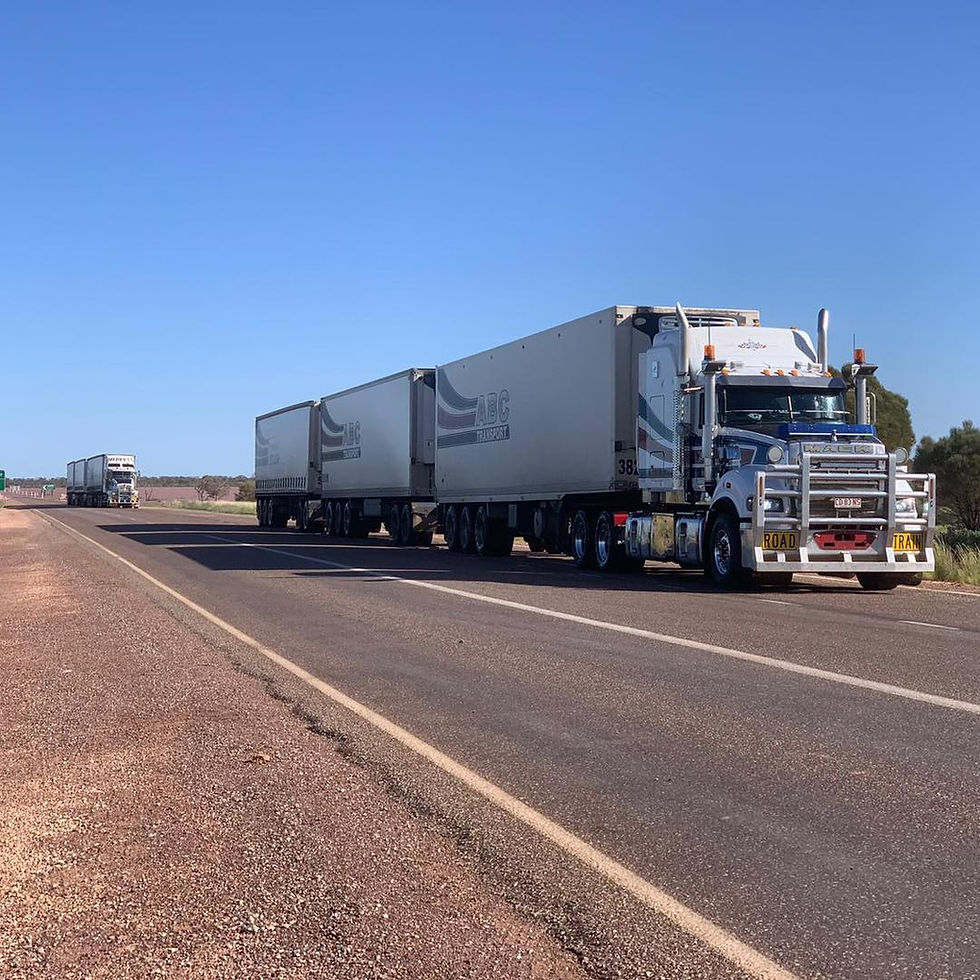Zero emissions not a done deal yet
- John McDonnell
- Oct 13, 2021
- 3 min read

Cabinet met on Wednesday to approve the plan to achieve zero emissions by 2050. The government has two weeks to get the plan finalised before the prime minister heads off to Glasgow and makes a commitment to the 2050 target.
It may be three minutes to midnight for the government, but the Nationals are in no hurry.
Apart from Barnaby Joyce, Nationals cabinet ministers are not prepared to sign off on a deal until the matter has been approved by the party room. There will be a Nationals party meeting at 3.00 pm on Sunday.
On Wednesday morning, Nationals senate leader, Bridget McKenzie, told RN’s Fran Kelly that the regions had to be compensated for any losses they would endure as a result of the implementation of the plan.
She rejected the conclusions of the Business Council of Australia modelling, that there would be many jobs created in the regions as the result of the green economy. She said that a 1,200 hectare solar farm in Moree employed five people, who mowed the lawns under the panels. She said she wanted to see where displaced coal miners would get work. Senator McKenzie told Fran Kelly that the nationals would not sign up to any deal that damaged the regions.
On another media outlet, resources minister, Keith Pitt, said that he did not accept a commitment to the zero emissions target. At the moment, it appears that at least four Queensland Nationals: Keith Pitt, Lew O’Brien, Matt Canavan and George Christensen will oppose the target in the party room.
Energy and emissions reduction minister, Angus Taylor, has said that gas will play a significant role in the transition to zero emissions. He said that the development of onshore gas resources will enable Australia to avoid the energy crisis that is currently affecting Europe. He told the ABC that the government would not be wiping out traditional industries. Mr Taylor said the point of the plan was not to eliminate emissions, but to abate them through sequestration and other technologies. This approach would provide economic opportunities for the regions.
On Nine Radio on Tuesday, Angus Taylor emphatically rejected the idea of employing safeguards to force emission reductions as proposed by the BCA. He also said the government would not be changing its 2030 emission reduction commitment, but it would be making a prediction of what its cuts will be by 2030. Experts say that Australia could achieve significant increases in reductions simply by closing Yallourn brown coal power station early and replacing it with gas from Gippsland.
The government’s approach will put it at odds with state governments, the BCA and climate activists who want more ambitious targets and the elimination of fossil fuels.
On Wednesday, the Climate Council released some modelling that purported to show that Australia’s primary export industries could lose tens of thousands of jobs as a result of the introduction of carbon tariffs in key export markets. However, the plan as outlined by Minister Taylor appears to obviate this by allowing exporters to buy abatement on local or international markets.
On Wednesday afternoon, NSW treasurer Matt Kean, appeared on Patricia Karvelas’ ‘Afternoon Briefing’. He announced a $80 billion plan to make NSW a world leader in hydrogen production. This puts him at odds with Twiggy Forrest’s initiative for hydrogen production at Gladstone in Queensland.
This emphasises the need for the federal government to take a dominant role in energy and climate policy. This will require it to be more proactive than it has been to date.






Comments